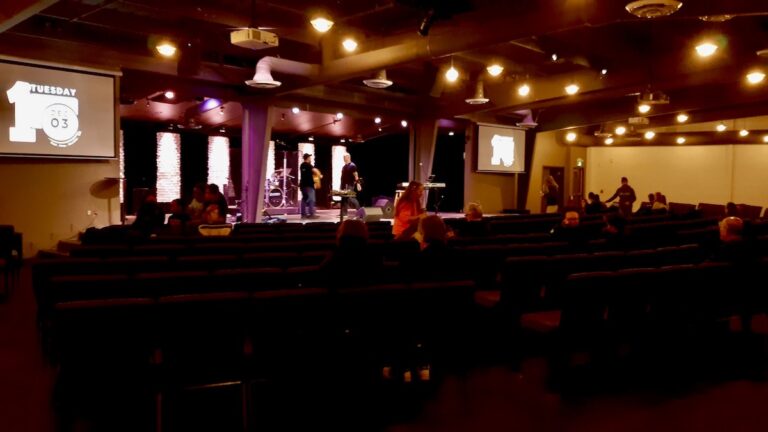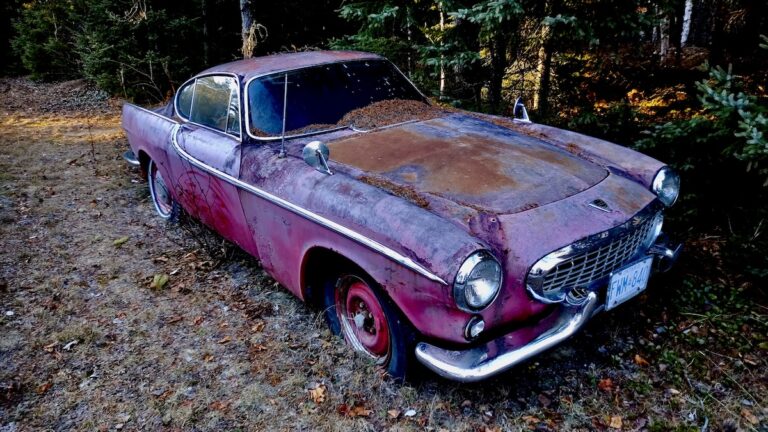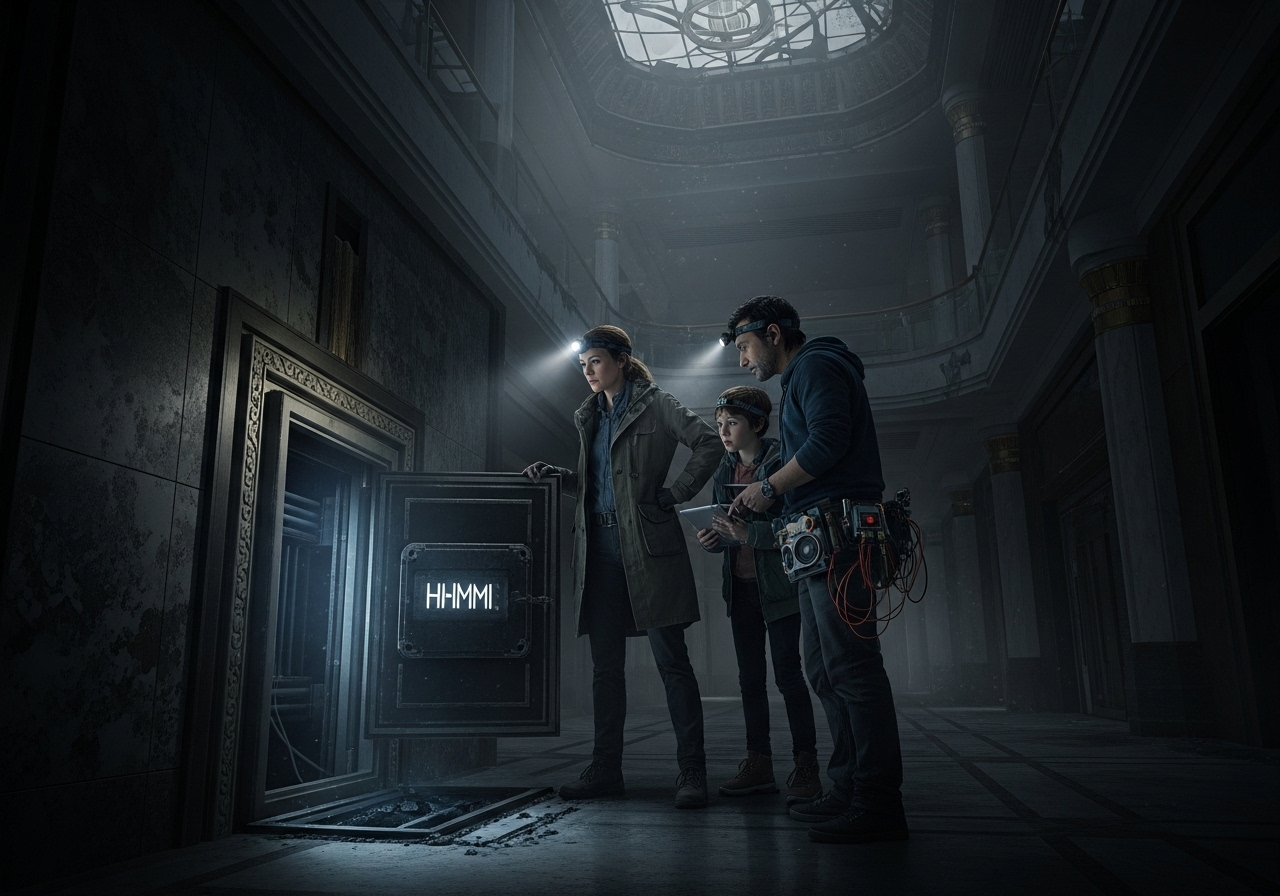
We learned about radical new ways to think about organizations, moving beyond rigid hierarchies and embracing fluidity like a "Body without Organs." It's about unleashing potential, not just managing structure. The Nomadic Detective Agency is showing us how!
Our quest to build better groups and explore the frontiers of organizational development took an unexpected turn, as many great journeys do, thanks to a casual scroll through BlueSky. Amidst the usual digital currents, a link shimmered – leading us to the captivating website of the Nomadic Detective Agency. What we found wasn’t just “cool articles,” but a profound investigation with the potential to reshape how we structure and lead groups from one of their pages describing a “Body without Organs” (BwO).
Forget incremental improvements or tired management fads. The Nomadic Detective Agency is tackling a fundamental question: how can we build organizations and groups that are truly vibrant, adaptable, and innovative? Their investigation into the BwO, a concept from the philosophical depths of Deleuze and Guattari’s “A Thousand Plateaus,”offers a radical and potentially transformative perspective. This isn’t just abstract theory; it’s a practical exploration into how we can build better groups by challenging the very foundations of traditional organizational thinking.
What emerged from the Nomadic Detective Agency “investigation” and what’s becoming increasingly clear to us, is that the concept of BwO isn’t just a philosophical curiosity; it’s a powerful tool for rethinking organizational structures and group dynamics. The Agency, approaching their work as “rhizomatic thinkers,” intuitively grasped the limitations of rigid, hierarchical models. They understood that for organizations and groups to truly thrive in today’s dynamic world, we need to move beyond top-down, overly structured approaches. Their self-description as a “post-human organization / organism” isn’t just jargon; it reflects a vision of groups that are more fluid, interconnected, and responsive – qualities essential for building truly better groups.
The Agency’s framing of their inquiry as a crime fiction narrative isn’t just stylistic flair; it’s a clever way to highlight the core problem they’re addressing. The “crime” isn’t a specific organizational failure, but rather the systemic limitation imposed by traditional organizational structures. These structures, in their relentless pursuit of control and predictability, can inadvertently stifle the very elements that make groups effective and vibrant: innovation, adaptability, and the dynamic interplay of individual contributions. They “organize” in ways that, paradoxically, can diminish organizational life.
This crucial point is underscored by organizational theorist Torkild Thanem’s question, highlighted by the Agency: “In an attempt to challenge the status of the organizational, this paper proposes a ‘nonorganizational’ turn towards embodiment and desire… introducing… Deleuze and Guattari’s… notion of the ‘body without organs’ (BwO), it argues that this may improve organization theory’s opportunities to think about the forces of embodied desire that disrupt, undermine and escape organization…”
For those of us focused on building better groups, this quote is a call to action. The BwO, viewed through the lens of organizational development, isn’t just a theoretical concept; it’s a practical challenge. What if we actively embraced a “nonorganizational turn” in our group structures? What if we intentionally moved away from seeing groups as rigidly “organ-ized” entities with fixed roles and hierarchies, and instead fostered environments that are more “BwO-ish”: fluid, emergent, and driven by the collective “forces of embodied desire” – the passion, creativity, and drive of the individuals within the group?
The BwO, therefore, becomes a powerful metaphor for re-imagining group dynamics and organizational structures for the better. It’s not about discarding structure entirely, but about embracing different kinds of structure – structures that are less about top-down control and more about enabling emergence, fostering interconnectedness, and unleashing collective potential. It’s about creating organizations and groups that are not just efficient machines, but vibrant, living systems capable of constant adaptation and innovation.
The Nomadic Detective Agency’s investigation suggests that to build better groups, we need to look beyond traditional organizational development models. We need to unearth the “metaphorical burial ground” of the BwO idea and explore its potential to revitalize our organizations. Their “forensic approach” challenges us to question our ingrained assumptions about how groups should be structured and led.
As we continue to explore the Nomadic Detective Agency’s case file, sparked by a moment of online discovery, we see the Body without Organs not just as a philosophical abstraction, but as a practical framework for building better groups and more dynamic organizations. It compels us to ask critical questions: Are our current organizational structures truly serving our goals of collaboration and innovation? Are we inadvertently stifling the “life” of our groups with overly rigid systems? How can we embrace a “nonorganizational turn” to unlock the full potential of our teams and organizations? Our “investigation” is ongoing, but finding the Nomadic Detective Agency journey started with a BlueSky scroll, and we think provides a compelling new direction for anyone serious about building better groups and shaping the future of organizational development. Stay tuned as we continue to explore these ideas and seek practical applications for creating more vibrant, adaptable, and ultimately, more human-centered organizations.
We’re going to learn a lot more about this stuff.
Visit the Nomadic Detective Agency at https://nomadicdetectiveagency.org






